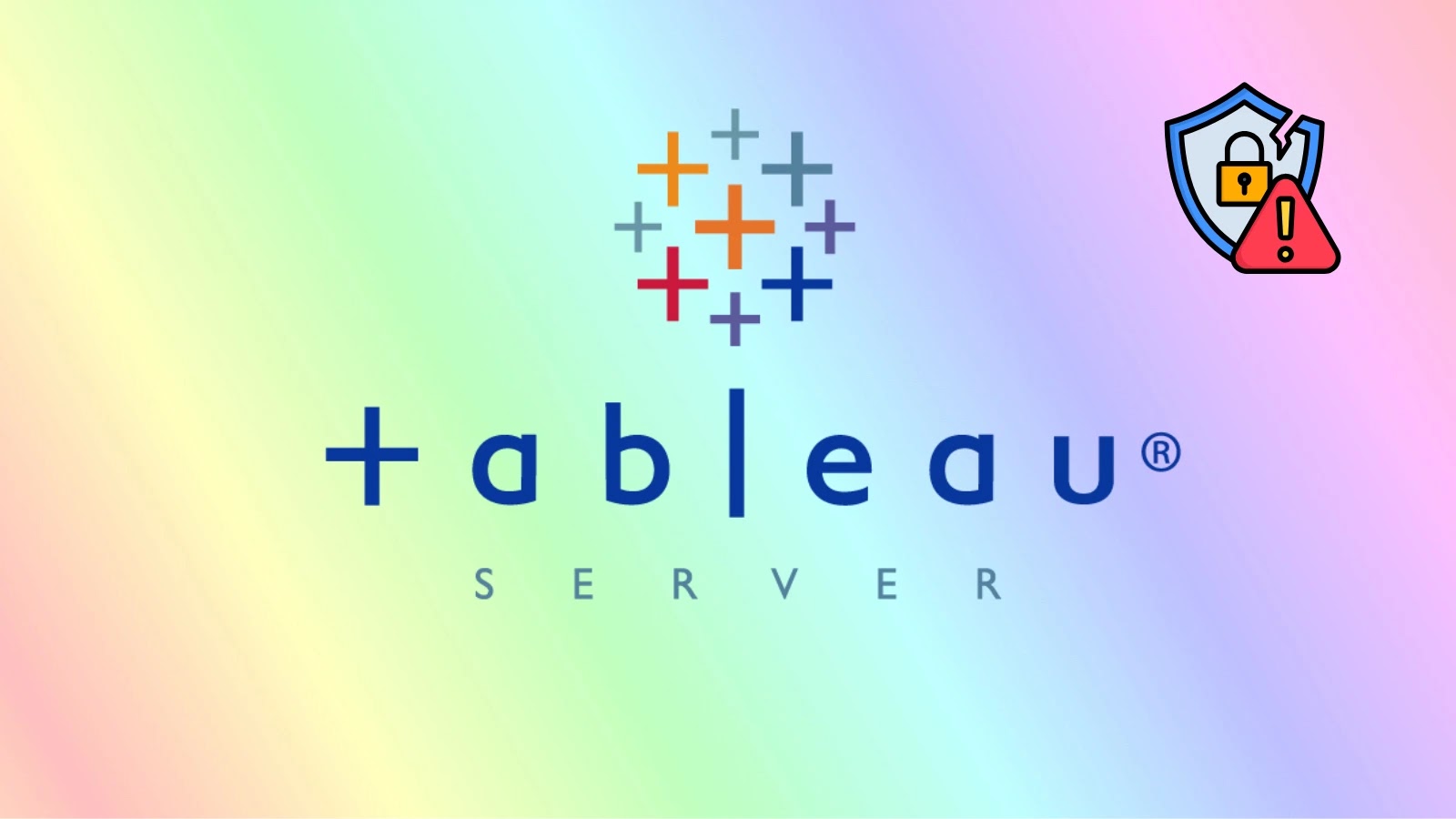
Critical Tableau Server Vulnerability Let Attackers Upload Malicious Files
Critical Warning: Tableau Server Vulnerability Exposes Organizations to Malicious File Uploads
Organizations worldwide rely on Tableau Server for powerful data visualization and business intelligence. However, a recently disclosed critical security flaw threatens the integrity and security of these deployments. This vulnerability, tracked as CVE-2025-26496, allows attackers to upload and execute arbitrary malicious files, potentially leading to complete system compromise. The sheer severity of this flaw, underscored by its CVSS score of 9.6, demands immediate attention from IT professionals and security teams.
Understanding CVE-2025-26496: A Pathway to System Compromise
The core of CVE-2025-26496 lies in its ability to facilitate unauthenticated file uploads. An attacker can exploit this weakness to place malicious executables or scripts directly onto the Tableau Server. Once uploaded, the potential for execution means an attacker could gain persistent access, exfiltrate sensitive data, or even establish a foothold for further network penetration. The broad impact spans multiple versions of both Tableau Server and Tableau Desktop, affecting deployments on both Windows and Linux platforms, significantly widening the attack surface.
Affected Versions and Platforms
This critical vulnerability does not discriminate. It affects a wide range of Tableau products, making it imperative for all users to assess their exposure. Specific versions and platforms include, but are not limited to:
- Various versions of Tableau Server on Windows
- Various versions of Tableau Server on Linux
- Certain versions of Tableau Desktop on Windows
- Certain versions of Tableau Desktop on Linux
While specific version numbers were not detailed in the initial alert, the broad categorization indicates that a significant portion of the Tableau user base could be at risk. Organizations must consult official Tableau security advisories for precise versioning information as it becomes available.
The Gravity of a CVSS 9.6 Vulnerability
A CVSS score of 9.6 places CVE-2025-26496 firmly in the “critical” severity category. This score signifies a vulnerability that is:
- Easily exploitable: Requiring low or no authentication.
- High impact: Posing a significant threat to confidentiality, integrity, and availability.
- Widespread: Affecting many common configurations.
In essence, this is a clear and present danger that could allow an unprivileged attacker to achieve complete control over the vulnerable Tableau Server instance, undermining the trust and security typically associated with business intelligence platforms.
Remediation Actions and Mitigation Strategies
Given the severity of CVE-2025-26496, immediate remediation is paramount. The primary course of action involves patching and updating affected Tableau Server and Desktop instances.
- Prioritize Patching: Monitor official Tableau security advisories and promptly apply all recommended security patches. This is the most effective defense against known vulnerabilities.
- Network Segmentation: Isolate Tableau Server deployments on your network. Restrict network access to only essential ports and trusted IP ranges. This can limit an attacker’s lateral movement if the server is compromised.
- Principle of Least Privilege: Ensure that the Tableau Server runs with the absolute minimum necessary permissions. Review user and service accounts for excessive privileges.
- Regular Backups: Maintain consistent and secure backups of your Tableau Server data and configurations. This facilitates rapid recovery in the event of a compromise.
- Intrusion Detection/Prevention Systems (IDS/IPS): Deploy and configure IDS/IPS solutions to monitor network traffic for suspicious activity, particularly around your Tableau Server.
- Web Application Firewall (WAF): Implement a WAF in front of your Tableau Server to filter and block malicious web requests, including those attempting unauthorized file uploads.
- Endpoint Detection and Response (EDR): Utilize EDR solutions on the server itself to detect and respond to suspicious processes or file modifications that could indicate an active exploit.
Tools for Detection and Mitigation
Leveraging the right security tools can significantly aid in identifying and mitigating the risks associated with this vulnerability.
| Tool Name | Purpose | Link |
|---|---|---|
| Nessus | Vulnerability Scanning | https://www.tenable.com/products/nessus |
| Qualys VMDR | Vulnerability Management & Detection | https://www.qualys.com/apps/vmdr/ |
| Snort | Network Intrusion Detection/Prevention | https://snort.org/ |
| ModSecurity WAF | Web Application Firewall (Open Source) | https://modsecurity.org/ |
| Tableau Server Log Files | Incident Response & Forensics | (Accessed directly on server) |
Key Takeaways for Data Security
The critical Tableau Server vulnerability, CVE-2025-26496, serves as another stark reminder of the persistent and evolving threat landscape. Organizations relying on Tableau Server must prioritize vulnerability management, adhere to strict patching schedules, and implement layered security defenses. Proactive security measures, continuous monitoring, and a robust incident response plan are essential to protect critical business intelligence platforms from sophisticated attacks.





